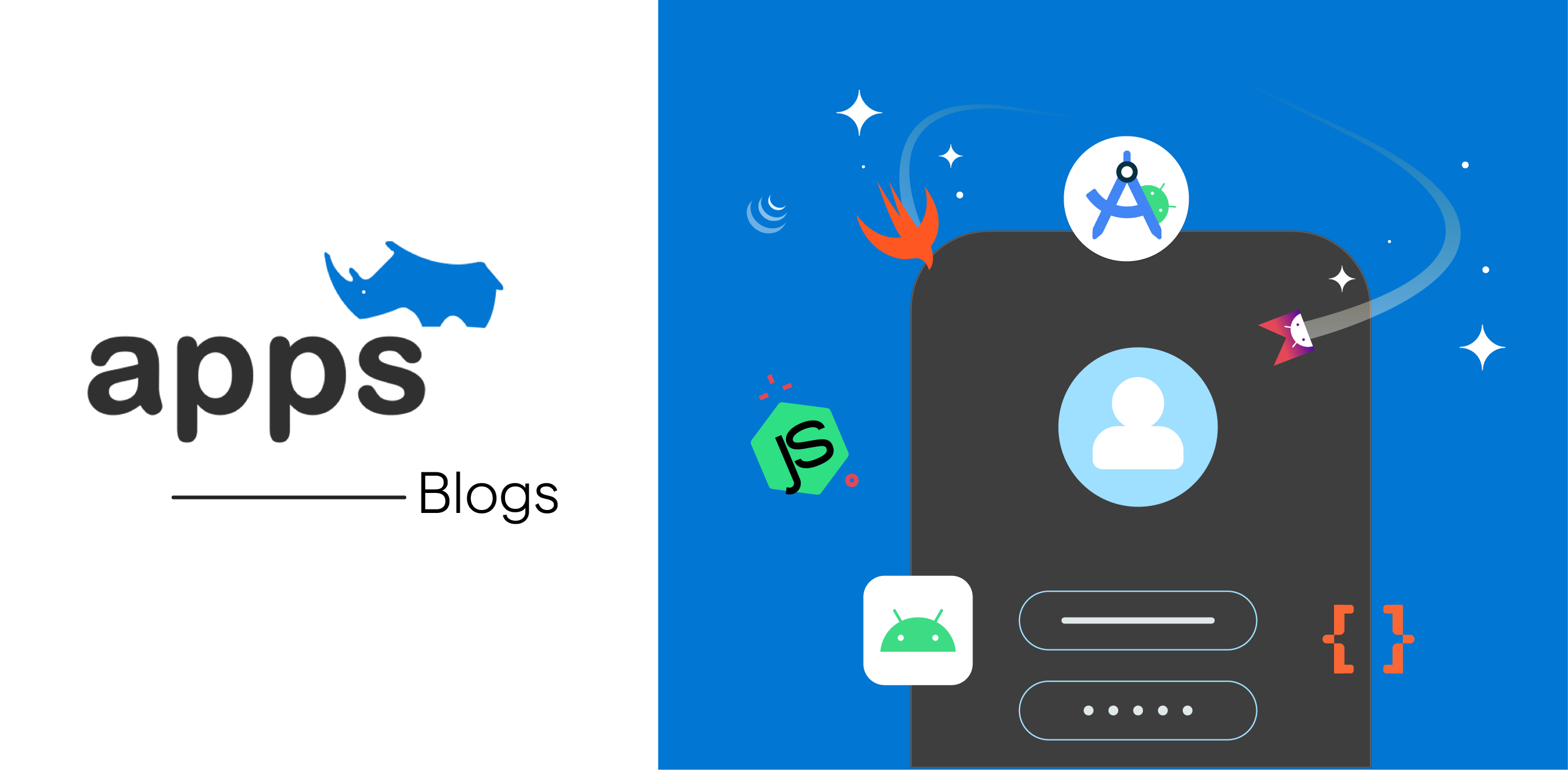- Introduction
- What Is a Student Organization Management System?
- Why Do Student Groups Need a Management System?
- Key Benefits of Student Organization Management System
- Use Cases of a Student Organization Management System
- Wrapping Up:
- Frequently Asked Questions (FAQs)
Table of Contents
Top 11 Use Cases of Student Organization Management System
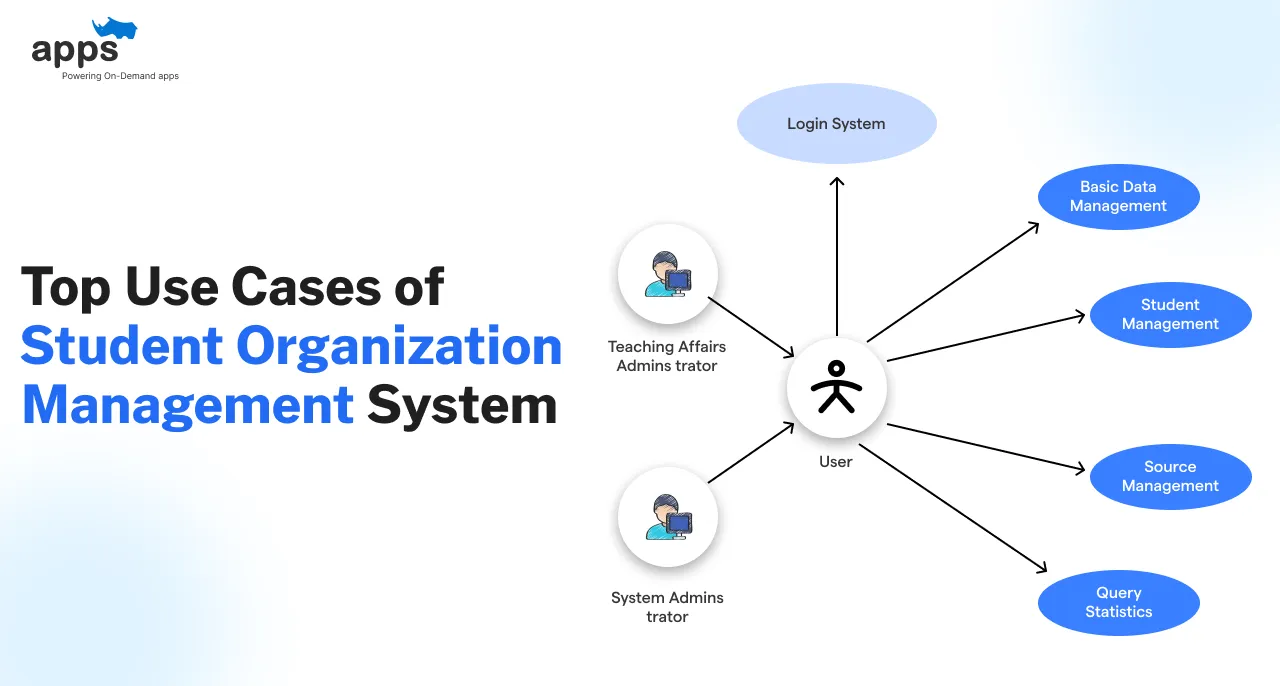
Introduction
Managing a student club means juggling meetings, events, member lists, announcements, and finances—all at once. It’s rewarding, but the logistics can quickly become overwhelming without the right systems.
A student organization management system brings everything into one organized platform. It helps clubs handle tasks like event scheduling, member tracking, communication, and file storage—all while reducing errors and saving time.
Student leaders can run their groups more efficiently and transparently instead of switching between spreadsheets, chat apps, and email threads.
More than 3.8 million students registered for events on digital student platforms in a year, showing how essential these tools have become.
This article explores 11 practical use cases for student organization management systems that support smoother operations and stronger engagement, from daily planning to long-term growth.
What Is a Student Organization Management System?
A student organization management system is a digital platform that helps student clubs handle tasks like event planning, member management, and communication—all from one place.
- Manages events, tasks, and meetings from a central dashboard that every team member can easily access
- Tracks member data, attendance, and roles to keep club information updated and fully organized
- Automates reminders for events, deadlines, and announcements so members never miss key updates.
- Offers secure storage for files like meeting minutes, forms, and promotional materials
- Enables digital polls, elections, and surveys to make voting and feedback collection seamless
- Integrates with university portals and calendars to sync schedules and ensure accurate records
A student organization management system brings everything student leaders need into one platform—reducing admin work, improving coordination, and boosting visibility.
Instead of jumping between spreadsheets, chat apps, and emails, clubs manage operations through one interface designed specifically for student-led teams.
Why Do Student Groups Need a Management System?
Student clubs face constant pressure to stay organized, communicate clearly, and manage members efficiently. A student organization management system helps simplify operations and boost engagement without extra manual effort.
- Prevent manual mistakes by replacing messy spreadsheets with automated, real-time data and workflows.
- Improve event participation with centralized schedules and built-in RSVP and attendance tools.
- Streamline volunteer coordination using task assignments and deadlines tracked within the platform.
- Maintain transparent financials with budgeting, expense tracking, and digital reimbursements.
- Ensure smooth leadership transitions with permanent records, files, and communication access.
- Build strong alum networks with communication tools that support long-term engagement and outreach.
Student clubs often struggle with basic coordination. A management system addresses this by automating key processes, maintaining clean data, and empowering both current and future leaders.
It helps clubs stay active, compliant, and collaborative, no matter how large or small their team becomes. Now, institutions can implement this management system using both off-the-shelf tools and custom software development.
Key Benefits of Student Organization Management System
Here’s a quick look at how a student organization management system supports every aspect of club operations. This summary table highlights the core use case and its most valuable outcome for student groups.
Feature (Use Case) | Key Benefit |
| Event Planning & Scheduling | Organized events, higher attendance, fewer clashes |
| Membership Management | Central member data, better engagement |
| Communication & Announcements | Faster info sharing, increased participation |
| Task & Volunteer Management | Clear responsibilities, efficient teamwork |
| Budget Tracking & Finance | Transparent spending, financial accountability |
| Document & File Storage | Easy access to documents, secure archiving |
| Attendance Tracking | Measured engagement, data-driven improvements |
| Polls & Voting | Inclusive decision-making, instant feedback |
| Role-Based Access & Permissions | Secure data control, proper authority levels |
| Alumni Engagement | Stronger network, more funding, and mentorship |
| Campus System Integration | Unified data, streamlined workflows |
Use Cases of a Student Organization Management System
From planning campus-wide events to managing alum engagement, a student organization management system supports every stage of club operations.
Below, we’ll explore 11 key use cases that show how these platforms simplify work, strengthen communication, and keep student organizations running smoothly.
In each use case, we’ll cover:
- What specific function does the system improve
- How does it reduce manual effort or confusion
- Which student records or processes are impacted
- What tools and features make it easier
- What outcome or benefit does the club gain
Let’s start with one of the most time-consuming responsibilities: event planning.
Use Case 1: Event Planning and Scheduling
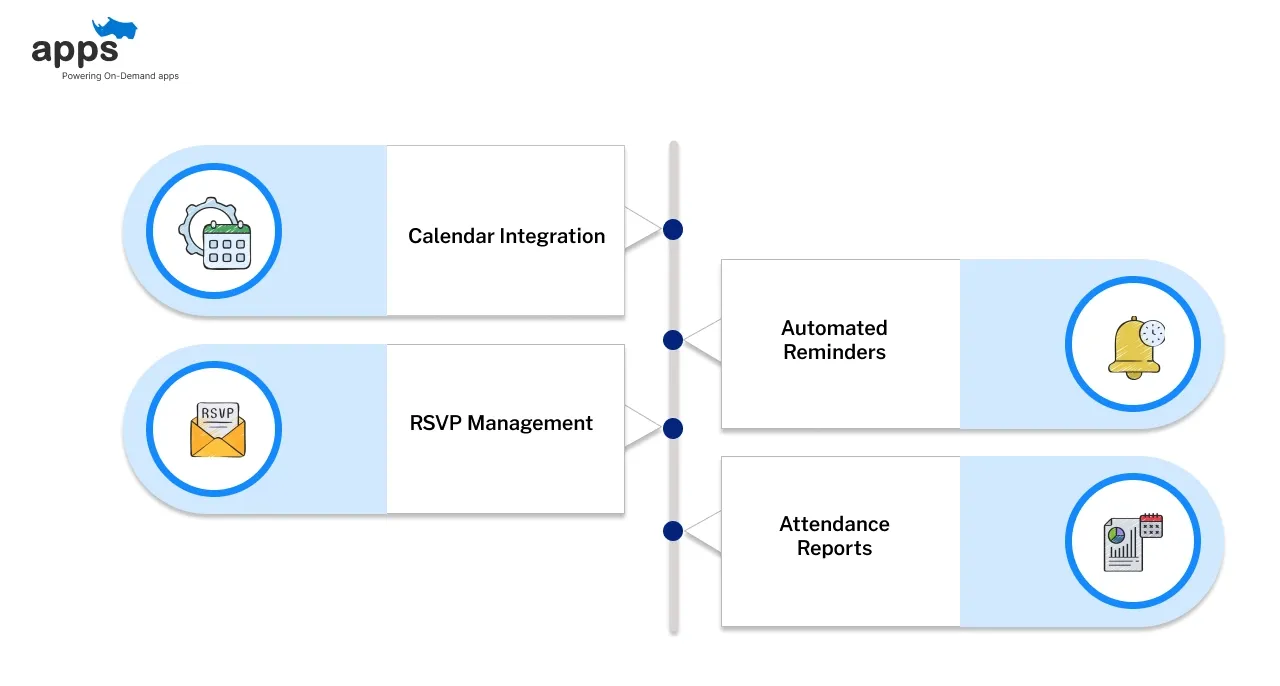
Clubs plan many events each term, from meetings to fundraisers. A student organization management system streamlines event planning and scheduling.
It centralizes calendars and avoids conflicts. Digital reminders and RSVPs keep everyone informed and up-to-date. Key features include the following.
- Calendar Integration: Add events to a shared online calendar that members can sync with their devices. This avoids double-booking rooms and boosts attendance.
- RSVP Management: Automate event signups and waitlists. Officers can track student management system responses and send updates as needed.
- Automated Reminders: Schedule push notifications and email reminders for upcoming events. This feature cuts no-shows and keeps members in the loop.
- Attendance Reports: Generate reports on event attendance from your student database management system. These insights help plan future events and measure engagement.
Real-life Example: Case Western Reserve University utilizes CampusGroups to manage shared calendars, RSVPs, and reminders, streamlining over 320,000 campus events. This led to a boost in event turnout and eliminated scheduling conflicts.
Use Case 2: Membership Management
A digital club database makes managing members easy. A student database management system centralizes member profiles, contact info, and dues. Officers can handle member signups and renewals online.
For example, a student organization management system will streamline how you handle membership records. The club’s platform acts like a mini student information management system. Key aspects include the following.
- Member Database: Collect and store student profiles in one place. Clubs can search and update member info in real time. This makes the student information management system more reliable.
- Dues and Payments: Track club fees and donations. Automate billing and reminders so no member misses a payment.
- Member Roles and Positions: Assign roles (like president, treasurer) in the system. Permissions and communications can be tailored by role to keep leaders organized.
- Reporting and Analytics: Pull reports on membership stats and demographics. Data from the students' management system shows trends, like growing interest in your club.
Maintaining accurate membership data is vital. According to one report, digital membership tools help retain members by offering personalized engagement and reminders.
Real-life Use Case: The University of Calgary Students’ Union manages all club memberships, dues, and positions via a digital student platform. It simplified member tracking and role assignment for over 300 student clubs.
Use Case 3: Communication and Announcements
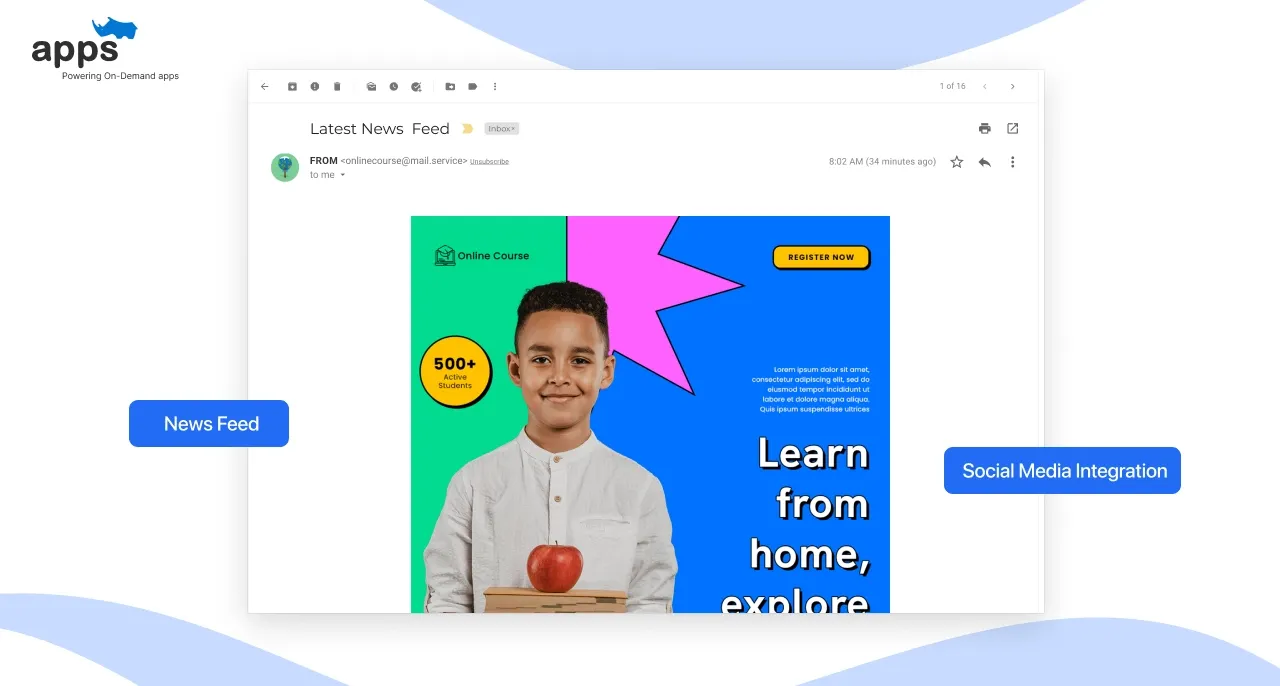
Staying in touch is critical for engagement. Student organizations need a fast way to communicate news to all members.
A student organization management system lets clubs send group emails and text alerts. It also allows announcements to be posted on mobile apps or websites. It often includes the following.
- Multi-Channel Messaging: Send messages via email, SMS, or in-app notifications. This ensures every member sees updates, whether an event change or a new volunteer opportunity.
- News Feed or Bulletin: Publish announcements and news in a centralized feed. Members see updates when they log in, preventing essential posts from getting lost in email.
- Social Media Integration: Post event links or announcements directly to social channels. A modern system connects to platforms like Instagram or Facebook for broader reach.
- Feedback Collection: Use surveys and polls to gather member opinions. Real-time feedback tools in the student information management system help leaders make data-driven decisions.
The student organization management system serves as a central announcement hub for communication. Clear communication reduces confusion. Campus surveys show students value regular updates from club leaders via preferred channels, making these features essential.
Real Life Example: Case Western leverages CampusGroups to send real-time updates via SMS, email, and in-app notifications. It ensured no student missed announcements across 200+ active organizations.
Use Case 4: Task and Volunteer Management
Many clubs rely on volunteers for projects. A sound management system assigns tasks and tracks progress.
Officers can post tasks, set deadlines, and match volunteers with jobs. It might offer the following.
- Task Lists and To-Dos: Break projects into checklists. Members see their to-dos in the system and know exactly what is expected of them.
- Volunteer Scheduling: Manage who signs up for shifts or roles. Automated scheduling tools prevent overlap and ensure all tasks are covered.
- Progress Tracking: Track completion of tasks. Dashboards in the students' management system show status updates and bottlenecks at a glance.
- Recognition and Rewards: Log volunteer hours and accomplishments. The system can generate certificates or badges to motivate participation.
For example, the student organization management system logs every task assignment in one place. With clear task management, clubs avoid last-minute chaos. Engagement increases when members understand their responsibilities within the system, thereby fostering accountability.
Real-life Example: Operation Fly, Inc. utilizes an internal digital platform to efficiently assign and track volunteer tasks. It helps them organize volunteer efforts for local service events with real-time task visibility.
Use Case 5: Budget Tracking and Finance
Budget control is crucial for clubs. Student organizations must track expenses, reimbursements, and fundraising.
A student organization management system handles budgets and finances, enabling leaders to stay on track. Core features include the following.
- Budget Creation: Set budgets for different categories (events, supplies, travel). Members see approved amounts and stay within spending limits.
- Expense Tracking: Upload receipts and log expenditures. The club’s student database management system keeps a clear record of every transaction.
- Reimbursement Workflow: Submit and approve reimbursements digitally. This speeds up reimbursements for student officers.
- Financial Reporting: Generate finance reports at year-end or anytime. Summaries of spending vs. budget help leaders make informed financial decisions.
The student organization management system provides a unified view of the budget for tracking expenses. A streamlined finance module saves time and prevents errors.
Real-life Example: University of Calgary SU provides student clubs with tools for budget creation, expense logging, and reimbursements, which enables transparent budgeting and simplified reimbursement workflows for club leaders.
Use Case 6: Document and File Storage
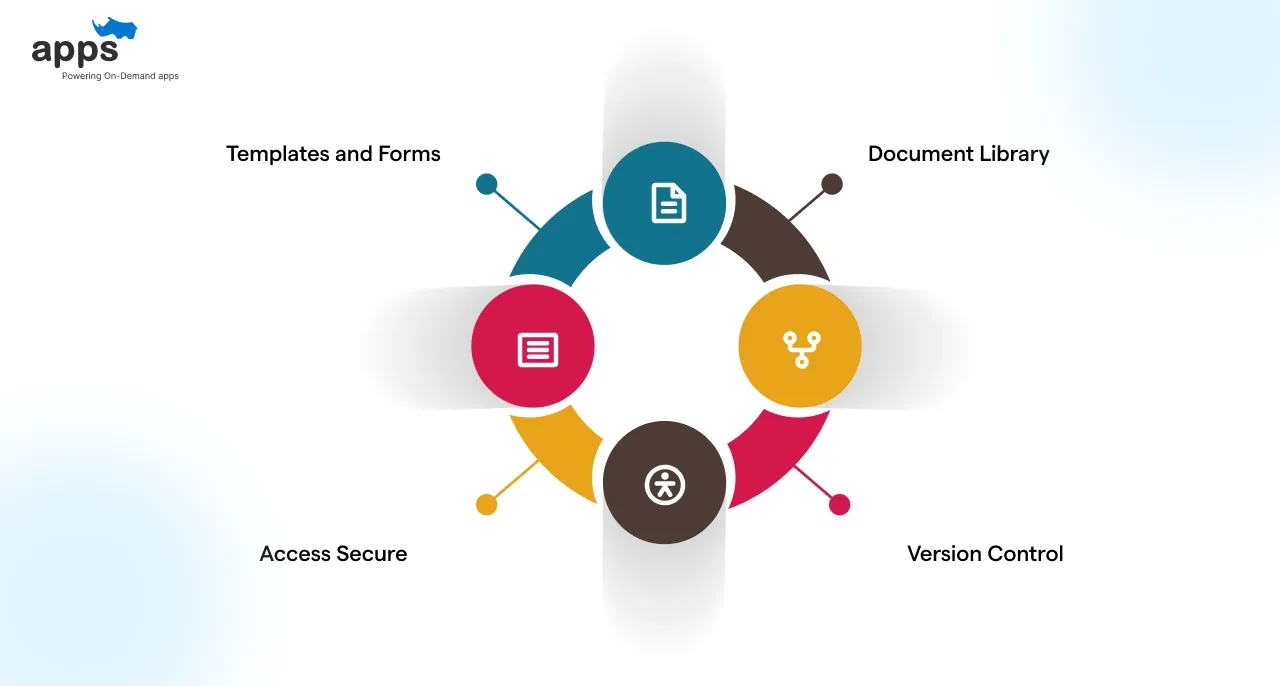
Clubs create documents (such as minutes, flyers, and photos) constantly.
A centralized document vault in the student organization management system keeps files organized and accessible. Its uses include the following.
- Document Library: Upload and organize files like PDFs, images, and spreadsheets. Members can find meeting minutes or event photos in one place.
- Version Control: Keep track of document revisions. The system archives old versions so teams can revert changes if needed.
- Secure Access: Set who can view or edit each file. Confidential documents (like officer meeting notes) stay private.
- Templates and Forms: Store templates for brochures, consent forms, or contracts. Clubs reuse these easily, saving preparation time.
The student organization management system offers a centralized library of documents for efficient file management. Centralized file storage prevents lost documents. Members can easily access the latest resources without having to dig through old emails or folders.
Real-Life Example: Through CampusGroups, clubs store meeting minutes, flyers, and documents in one secure place. Centralized files improved team collaboration and eliminated document loss or version confusion.
Use Case 7: Attendance Tracking
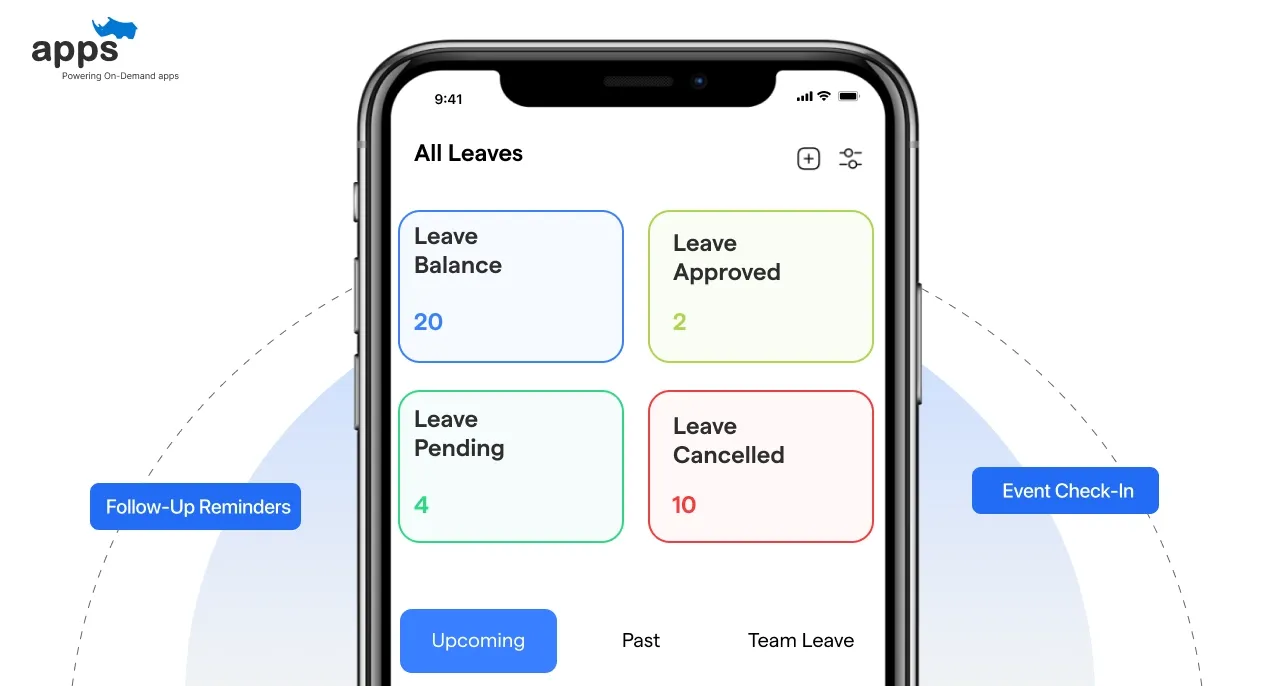
Knowing who attends events helps measure the success of these events.
A student organization management system can track meetings, classes, and attendance. Key features include the following.
- Event Check-In: Use QR codes or digital checklists to log attendance. Officers quickly scan or tap to record attendees, speeding up the process.
- Automatic Roll Call: Sync attendance with university systems. Some integrations update official records when students attend club events.
- Participation Metrics: Generate attendance reports. Charts and data in the student information management system show trends in member engagement.
- Follow-Up Reminders: Send alerts to members who missed an event. Friendly reminders from the system can boost future participation.
For attendance, the student organization management system automatically logs who attends each event. Tracking attendance turns event planning into evidence-based improvement. Higher attendance often correlates with better member retention, making this use case valuable for clubs.
Real-Life Example: Pragyan at NIT Trichy logs event attendance via QR-based check-in systems integrated with club dashboards. It recorded attendance for 8,000+ participants during India’s premier tech festival.
Use Case 8: Polls and Voting
Democratic decision-making is everyday in clubs.
A student organization management system often provides polling and voting tools. Clubs can do the following.
- Create Online Surveys: Gather member feedback on event ideas or meeting times. Surveys in the system record responses instantly.
- Run Club Elections: Securely handle officer elections or votes. The platform manages ballots and ensures each member has one vote.
- Anonymous Polls: Allow members to vote anonymously on sensitive issues. This increases honesty and trust in results.
- Instant Results: Display poll outcomes in real time. Graphs or charts show live results so everyone can see member opinions.
For example, the student organization management system seamlessly handles club elections and polls. Digital polls increase member engagement in decisions. A seamless voting tool in the system replaces manual counting, increasing voter turnout.
Real-life Example: Case Western clubs conduct officer elections and surveys directly within CampusGroups. It increased voter turnout and eliminated manual ballot counting in student elections.
Use Case 9: Role-Based Access and Permissions
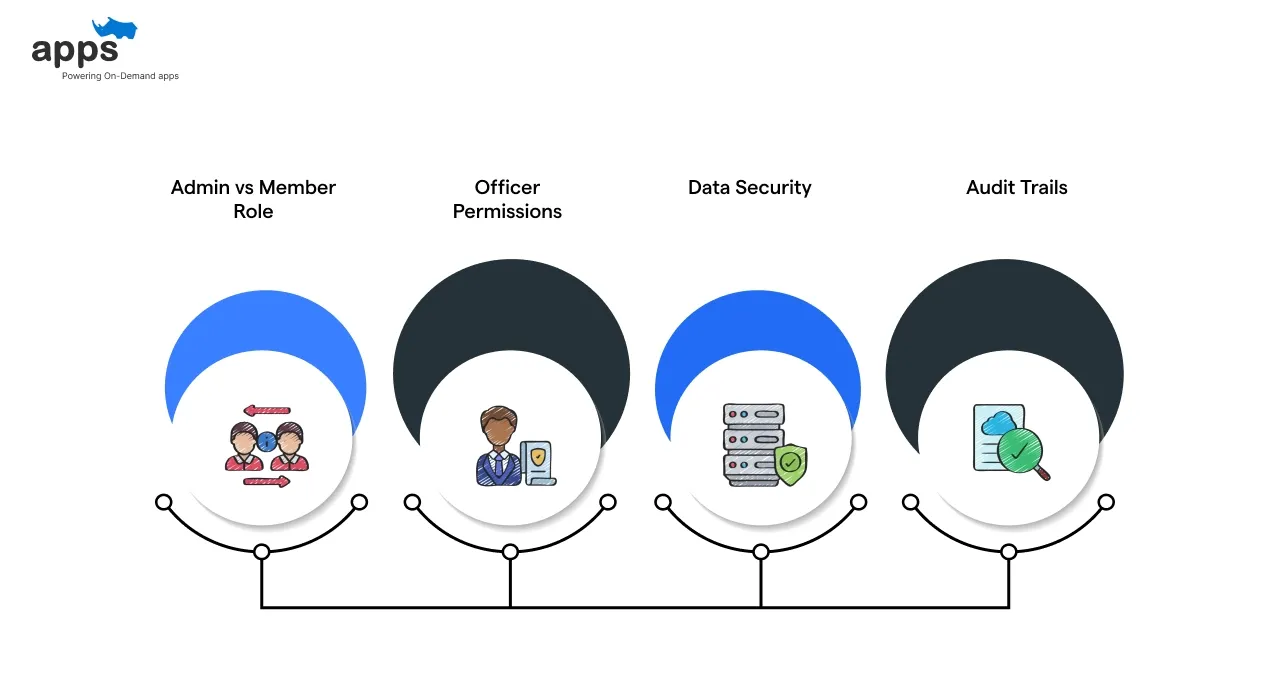
Not everyone needs the same access.
A robust student organization management system offers role-based permissions. It ensures the following.
- Admin vs Member Role: Admins and officers have complete control, while regular members see only relevant info. This prevents accidental changes and keeps data secure.
- Officer Permissions: Grant specific rights (like event creation) to certain positions. For example, only treasurers can approve expenses.
- Data Security: Protect sensitive student data. Role-based controls within the student database management system block unauthorized access to personal information.
- Audit Trails: Track changes in the system. Logs show who made updates, adding accountability to club operations.
For example, the student organization management system ensures that only officers can change budgets. Role-based access means smoother operations and compliance. Schools often require strict data access controls for student records, so this feature is necessary.
Real-life Example: CampusGroups offers granular role-based permissions for each club, protecting sensitive data. Their officers managed their clubs securely, with permissions tailored to each role and responsibility.
Use Case 10: Alumni Engagement
Alumni are actively involved in the management of many major universities. These old members can help run clubs and grow them steadily.
A student organization management system engages alums by:
- Alumni Directory: Maintain a searchable list of past members. Current officers contact alums for advice, sponsorships, or networking.
- Mentorship Programs: Match current members with alum mentors. The system can manage applications and pairings.
- Fundraising Tools: Organize alum donation campaigns. Track pledges and send tax receipts, integrating finance and contact data.
- Alumni Events: Plan reunions or networking events. Invitations and RSVPs are managed through the same platform.
For example, the student organization management system can maintain a network of past members. Engaging alums strengthens the community. Connections with graduates can lead to more donations and opportunities for current students.
Real-Life Example: IIM Shillong maintains a digital alumni directory and mentorship programs through its alumni management portal. They facilitated mentorship matches and secured donations through consistent alumni outreach.
Use Case 11: Integration with Campus Systems
Student groups don’t exist in a vacuum.
Integration with campus systems makes management more effortless. A student organization management system often connects to:
- SIS Integration: Sync with the university’s student information management system. Member lists, class schedules, and official records update automatically.
- LMS Integration: Connect events and tasks with learning platforms. For example, club training can appear in the school’s LMS calendar.
- Single Sign-On (SSO): Use campus login credentials. Members don’t need separate passwords for the club portal.
- Email/Calendar Sync: Link with institutional email and calendar. Official campus tools collaborate with the club system to avoid conflicts.
To integrate with the campus, the student organization management system syncs club data with the school’s systems. The global student information system market was valued at $15.33 billion in 2024. This shows the high demand for integrated solutions. Integration saves time and ensures that data remains consistent across the campus.
Real-Life Example: Case Western integrates CampusGroups with its university portal for SSO, email, and SIS sync. Their software enabled seamless onboarding and accurate syncing of events, members, and communication.
Wrapping Up:
Why Every Campus Needs a Student Organization Management System
Student organizations thrive when their operations are streamlined. The 11 use cases we explored show how the right management system can transform the way clubs function — from planning events and communicating with members to tracking participation and analyzing engagement.
For student groups looking to bring these solutions to life, AppsRhino offers custom app development services, including low-code and no-code options tailored to your needs.
Whether you're starting from scratch or looking to digitize existing processes, our team helps you build user-friendly, scalable systems without the complexity or high costs of traditional software development.
With AppsRhino, you can create a student organization management system that includes:
- Smart event scheduling tools
- Member directory & profiles
- Participation & attendance tracking
- Broadcast & group communication
- Task assignment & follow-ups
- Document sharing & storage
Whether you’re a student council, club leader, or university administrator, we help you bring your digital vision to life.
Frequently Asked Questions (FAQs)
1. What makes a student organization management system essential for modern campus clubs?
A student organization management system centralizes planning, communication, and records, helping clubs operate efficiently, engage members better, and meet today’s digital expectations on campus.
2. How does a student organization management system help in member retention?
These systems improve retention by tracking engagement, automating follow-ups, and sending targeted updates to keep students connected, informed, and motivated to stay involved.
3. Can student organization software replace spreadsheets and manual club tools?
Yes. It offers automated tracking, event scheduling, and centralized data that replaces scattered spreadsheets and simplifies operations for any student organization.
4. How secure is student data in a student organization management system?
Most platforms use role-based permissions, secure logins, and data encryption to protect student information and limit access to authorized users only.
5. How does a student organization management system improve student leadership transitions?
It preserves all club records—members, tasks, and events—so new leaders can access everything they need to take over smoothly without losing valuable information.
Table of Contents
- Introduction
- What Is a Student Organization Management System?
- Why Do Student Groups Need a Management System?
- Key Benefits of Student Organization Management System
- Use Cases of a Student Organization Management System
- Wrapping Up:
- Frequently Asked Questions (FAQs)


